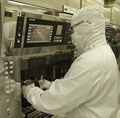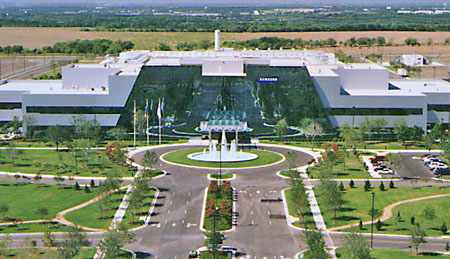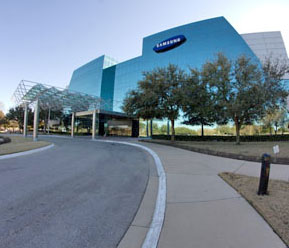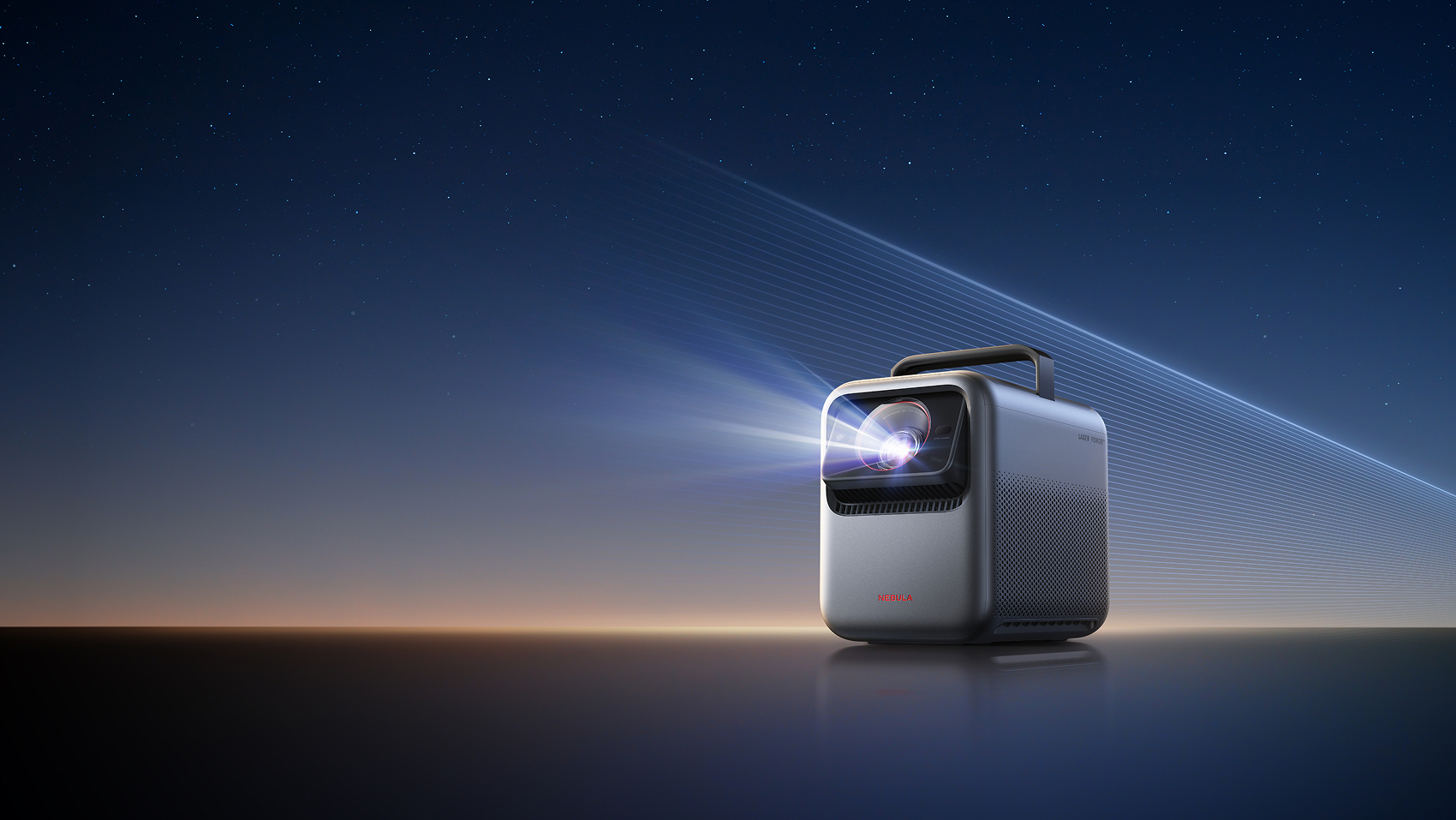KOREA/USA: Samsung hits new records for R&D and overall investment, plans to spend even more
£3.2bn spent on research and development in first half of the year, hints it may break already planned £14bn facilities investment


Although the world's consumer electronics market still looks pretty rocky, Samsung continues to invest heavily in developing both technologies and the facilities required to make them.
It's broken its half-year research and development spending record with KRW5.78tn (£3.22bn) going into R&D between the start of this year and the end of June, and now looks set to far exceed its 2012 planned investment in facilities, which was set at KRW25bn, or just under £14bn.
It's already announced further investments in semiconductor facilities including $4bn (£2.5bn) in its Samsung Austin Semiconductor plant in Texas (above), and a further KRW2tn on its semiconductor plant in Hwaseong, Korea.
Having already spent KRW13.95tn (£7.77bn) on its facilities in just the first half of the year, including KRW2.6tn (almost £1.5bn) upgrading its LCD operations, it's hard to see how the company won't exceed that original plan.
Moreover, with ongoing plans to increase R&D investment, it looks like Samsung will break its own record for total investment, set last year, which stood at KRW32.98tn, or around £18.4bn.
The spending on R&D in the first half this year was up almost 16% on the figure for the same period last year, despite the weak business situation.

Investing in the Texas plant is part of a strategy of building strength in specific areas: the ones likely to prove the most profitable.
Get the What Hi-Fi? Newsletter
The latest hi-fi, home cinema and tech news, reviews, buying advice and deals, direct to your inbox.
Established in 1998, Samsung Austin Semiconductor has since last year made both system chips and NAND flash memory devices.
Now the plant is being converted to specialising in the kind of low-power processor chips used by Samsung's own portable devices and those of major clients such as Apple.
The company has only recently brought such production online in Austin, with a new line being completed in March this year after a 19-month build; work on the expansion of this facility starts this month, and it's planned to have it up and running during the second half of next year.
Once completed, the factory will be able to make products applying so-called 28-nanometer processing technology, using chips around 0.06% of the thickness of a human hair.
The $4bn injection is the single largest foreign investment into the US state, and will bring Samsung's total spend on the Texas plant to over $13bn (£8.25bn).
Andrew has written about audio and video products for the past 20+ years, and been a consumer journalist for more than 30 years, starting his career on camera magazines. Andrew has contributed to titles including What Hi-Fi?, Gramophone, Jazzwise and Hi-Fi Critic, Hi-Fi News & Record Review and Hi-Fi Choice. I’ve also written for a number of non-specialist and overseas magazines.
